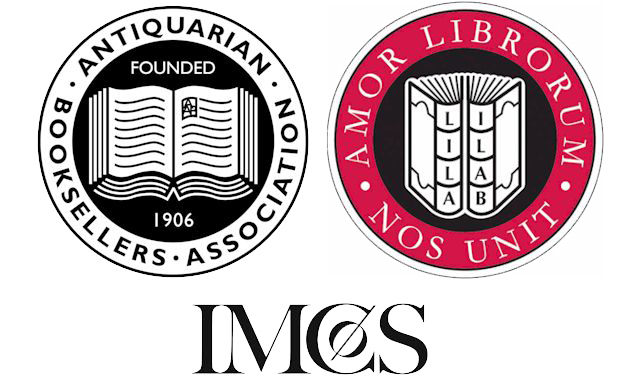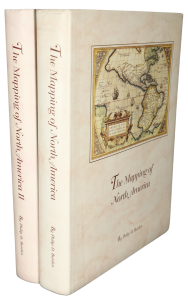Rare Maps and Prints
- World & Celestial
- North America
- West Indies, South & Central America
- British Isles
- British Isles
- English counties
- Large-scale
- Bedfordshire
- Berkshire
- Buckinghamshire
- Cambridgeshire
- Cheshire
- Cornwall
- Cumberland
- Derbyshire
- Devon
- Dorset
- Durham
- Essex
- Gloucestershire
- Hampshire
- Herefordshire
- Hertfordshire
- Huntingdonshire
- Islands
- Kent
- Lancashire
- Leicestershire
- Lincolnshire
- Middlesex
- Norfolk
- Northamptonshire
- Northumberland
- Nottinghamshire
- Oxfordshire
- Rutland
- Shropshire
- Somerset
- Staffordshire
- Suffolk
- Surrey
- Sussex
- Warwickshire
- Westmoreland
- Wiltshire
- Worcestershire
- Yorkshire
- Wales
- Scotland
- Ireland
- Western Europe
- Eastern Europe
- Middle East
- Africa
- Asia
- Australasia & Pacific
- Decorative Prints
- Title Pages
Mr. Philip D. Burden
P.O. Box 863,
Chalfont St. Giles, Bucks HP6 9HD,
UNITED KINGDOM
Tel: +44 (0) 1494 76 33 13
Email: enquiries@caburden.com
Sir Winston Churchill (1874-1965) is considered by many to have been one of the greatest Britons of the twentieth century. He was driven by his relationship with his father Lord Randolph Churchill (1849-95), who had reached the political height of being Chancellor of the Exchequer in Lord Salisbury’s cabinet of 1886. Before his death in 1895 he arranged a commission for him in the Queen’s Own Hussars. He fought in India and Africa whilst also working as a war correspondent. He resigned his commission in 1899 and at the outbreak of the South African War (Second Boer War), he was awarded a contract with the ‘Morning Post’ as a war correspondent.
On 15 November 1899 he was on an armoured train in Natal when it was ambushed and he was captured. “After a series of adventures … he escaped via Portuguese East Africa and arrived in triumph in Durban’ (ODNB). Churchill became a hero and a Lieutenant in the South African Light Horse. Churchill returned from South Africa as the hero of the hour and soon became embroiled in politics.
‘Vanity Fair’ was the most successful magazine of the day. The editor wrote to Churchill proposing a sitting for the magazine, Churchill’s hand-written reply is also offered here, as is the actual portrait painted on 8 August 1900. The letter is written on personal headed paper, dated 2 August 1900. He writes:
‘I am much complimented by your proposal. I have no engagement on Wednesday morning 8th instant and unless I hear to the contrary I will call upon Mr. Leslie Ward at 9.30 am on that date. Yours faithfully Winston S. Churchill.’
The portrait by Ward depicts Churchill elegantly dressed in solid stance with hands on hips. He captured the engaging arrogance in the liveliness of his expression. ‘The iconography of Churchill owed much to his awareness of the importance of imagery in politics and his image was no less important in establishing his fame than his speeches’ (ODNB).
The published print appeared in the issue of ‘Vanity Fair’ for 27 September 1900, the day after the General Election was called, its publication undoubtedly helped him in his election. Accompanying this was a biography also offered here which states that ‘he is firm in his convictions, and he has all the confidence that may be begotton of the union of Practical Experience with Quick Youth’. After describing his exploits, it concluded ‘He can write and fight … For himself, he has hankered after Politics since he was a small boy, and it is probable that his every effort, military or literary, has been made with political bent … he is ambitious; he means to get on, and he loves his country. But he can hardly be the slave of any party’, how right they were!
Sir Leslie Ward (1851-1922), who signed under the penname of ‘Spy’, is the most famous of the artists to contribute to Vanity Fair. Of the original paintings from Vanity Fair, the largest Collection of some 300 reside in the National Portrait Gallery, where a major exhibition of them and other sketches and drawings from Vanity Fair, was held in 1976. The Tate, the National Gallery and His Majesty the King, all own paintings from the Collection. The painting of Churchill offered here is almost certainly the most valuable of all.
We are offering the painting, signed autograph letter from Churchill, original copy of the accompanying biography, and an original published print. Provenance: Christie’s South Kensington 19 July 1989 lot 50. Manuscript letter: RR Auctions 10 February 2010 lot 186. Arlott, John. (1952). ‘Ape, Spy, and Jehu Junior’. In ‘Late Extra’ edited by John Milwane; Cohen, Morris L. (1997). ‘The Bench and Bar. Great Legal Caricatures from Vanity Fair’; Feaver, William. 1981. ‘Masters of Caricature’; Franks, John. (1983). ‘Vanity Fair 1869-1914. Paintings, proofs and prints from the John Franks Collection’; Harris, Eileen and Richard Ormond. (1976). ‘Vanity Fair: An Exhibition of Original Cartoons’. National Portrait Gallery; March, Russell. (1982). ‘The Cricketers of Vanity Fair’; Matthews, Roy T and Peter Mellini. 1982. ‘In ‘Vanity Fair”; Naylor, Leonard. (1965). ‘The Irrepressible Victorian: The Story of Thomas Gibson Bowles’; Oxford Dictionary of National Biography (ODNB); Ormond, Richard. (1976). ‘Original Vanity Fair Cartoons in the National Portrait Gallery’, catalogue for the Exhibition held at the National Portrait Gallery July to August 1976; Savory, Jerold J. (1979). ‘The Vanity Fair Gallery’; Sykes, Alan H. 1995. ‘The Doctors in Vanity Fair’; Ward, Leslie. (1915). ‘Forty Years of ‘Spy”.








